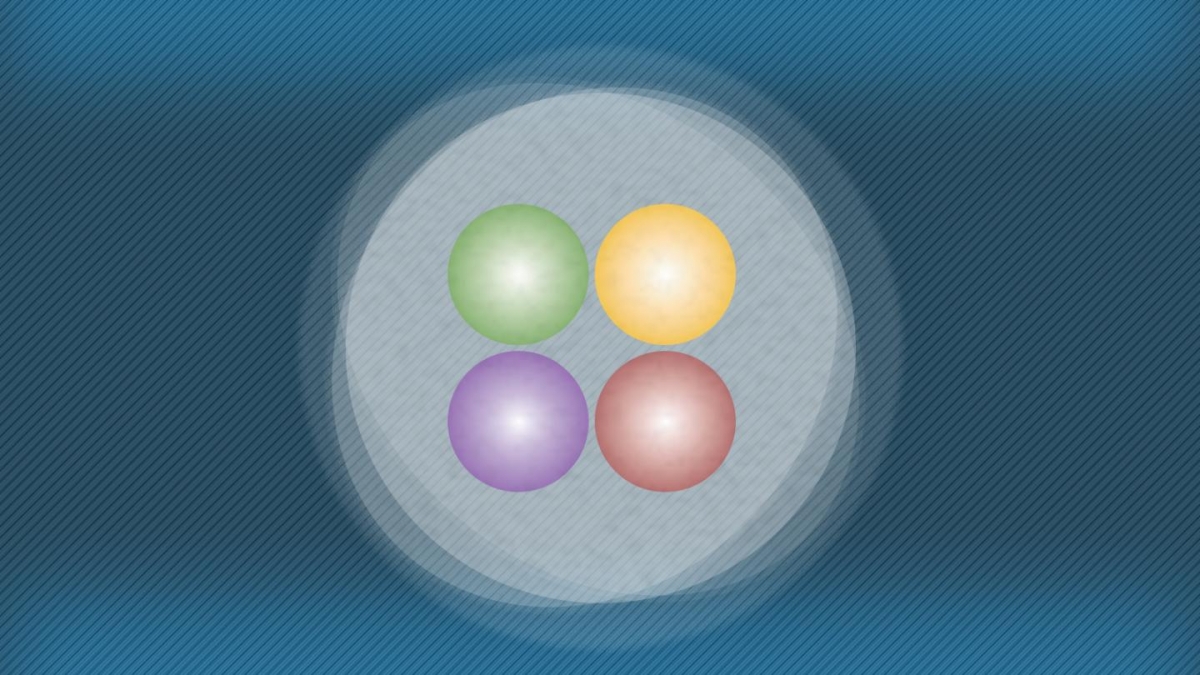

This inelastic scattering suggests that the charge in the proton is not uniform but split among smaller charged particles: quarks.Īlthough the weak and electromagnetic forces appear quite different to us at everyday energies, the two forces are theorized to unify as a single electroweak force at high energies. The recoiling electron has much less energy and a jet of particles is emitted. Low-energy electrons do scatter in this way, but above a particular energy, the protons deflect some electrons through large angles. If the charge is uniform, the electric field around the proton should be uniform and the electron should scatter elastically. Note that quarks have electric charges of either +2/3 or −1/3, whereas antiquarks have corresponding electric charges of either −2/3 or +1/3.Įvidence for the existence of quarks comes from deep inelastic scattering: firing electrons at nuclei to determine the distribution of charge within nucleons (which are baryons). Quarks also carry fractional electric charges, but since they are confined within hadrons whose charges are all integral, fractional charges have never been isolated. Symmetrically, three antiquarks with the colors "antired", "antiblue" and "antigreen" can form a color-neutral antibaryon. These three colored quarks together form a color-neutral baryon. Alternatively, three quarks can exist together, one quark being "red", another "blue", another "green". The color and anticolor cancel out, forming a color neutral meson. A quark may pair up to an antiquark: the quark has a color and the antiquark has the corresponding anticolor. However, color charged particles may combine to form color neutral composite particles called hadrons. Unlike the electromagnetic force which diminishes as charged particles separate, color charged particles feel increasing force effectively, they very rarely separate from one another (and when they do they create an energy carrier particle which later converts to two new quarks of different type). However, gluons are themselves color charged, resulting in an amplification of the strong force as color charged particles are separated. Color charged particles interact via gluon exchange in the same way that charged particles interact via photon exchange. Every quark carries one of three color charges of the strong interaction antiquarks similarly carry anticolor. Quarks and antiquarks have never been detected to be isolated, a fact explained by confinement. Gauge bosons – gluon, W and Z bosons, photon Other bosons - Higgs boson, graviton Standard Model

Quarks - up, down, strange, charm, bottom, top Leptons - electron, muon, tau, electron neutrino, muon neutrino, tau neutrino

Particles associated with fundamental forces are bosons, having integer spin. According to this methodology: particles normally associated with matter are fermions, having half-integer spin they are divided into twelve flavours. The spin-statistics theorem identifies the resulting quantum statistics that differentiates fermions from bosons. All elementary particles are either bosons or fermions (depending on their spin).


 0 kommentar(er)
0 kommentar(er)
